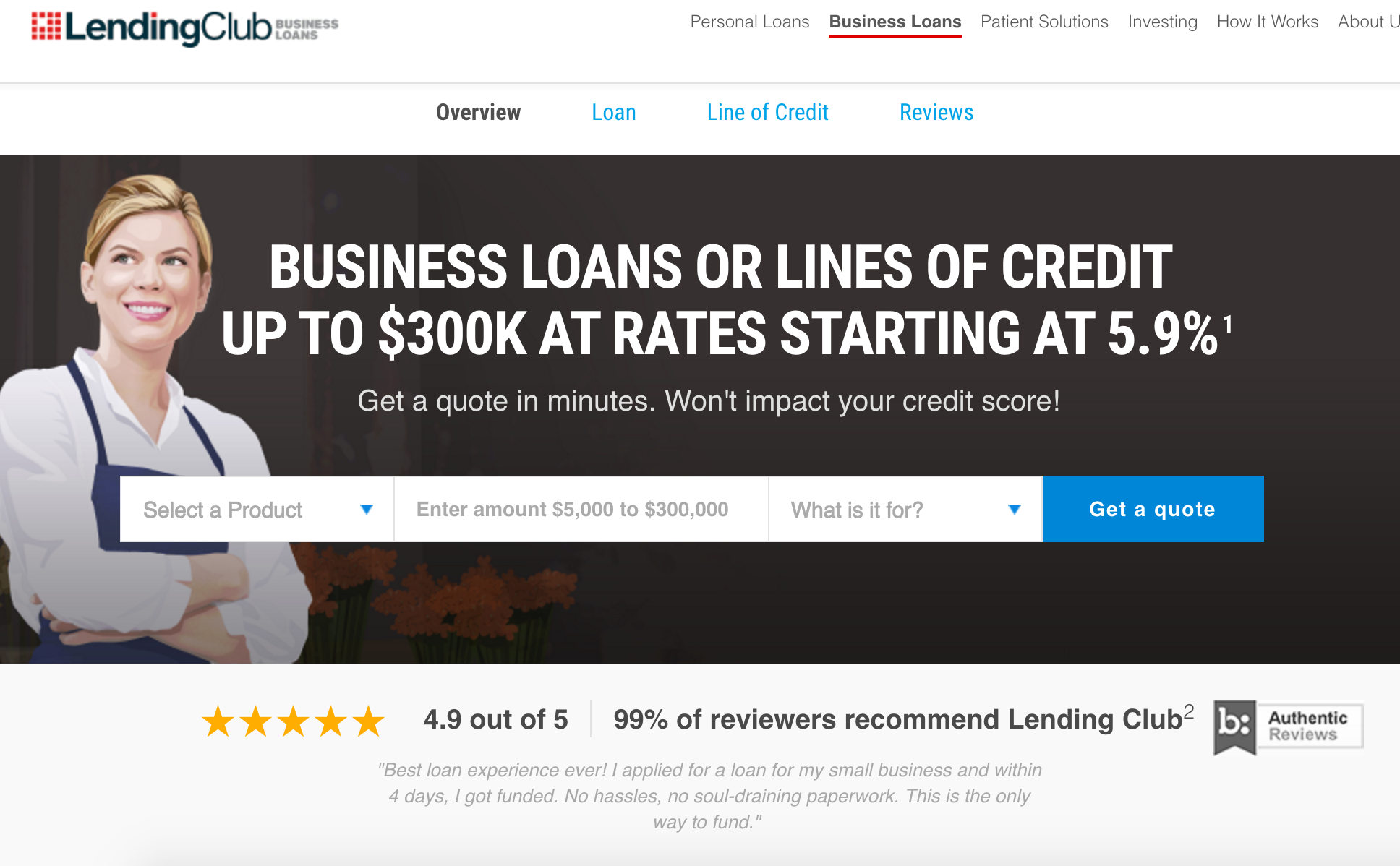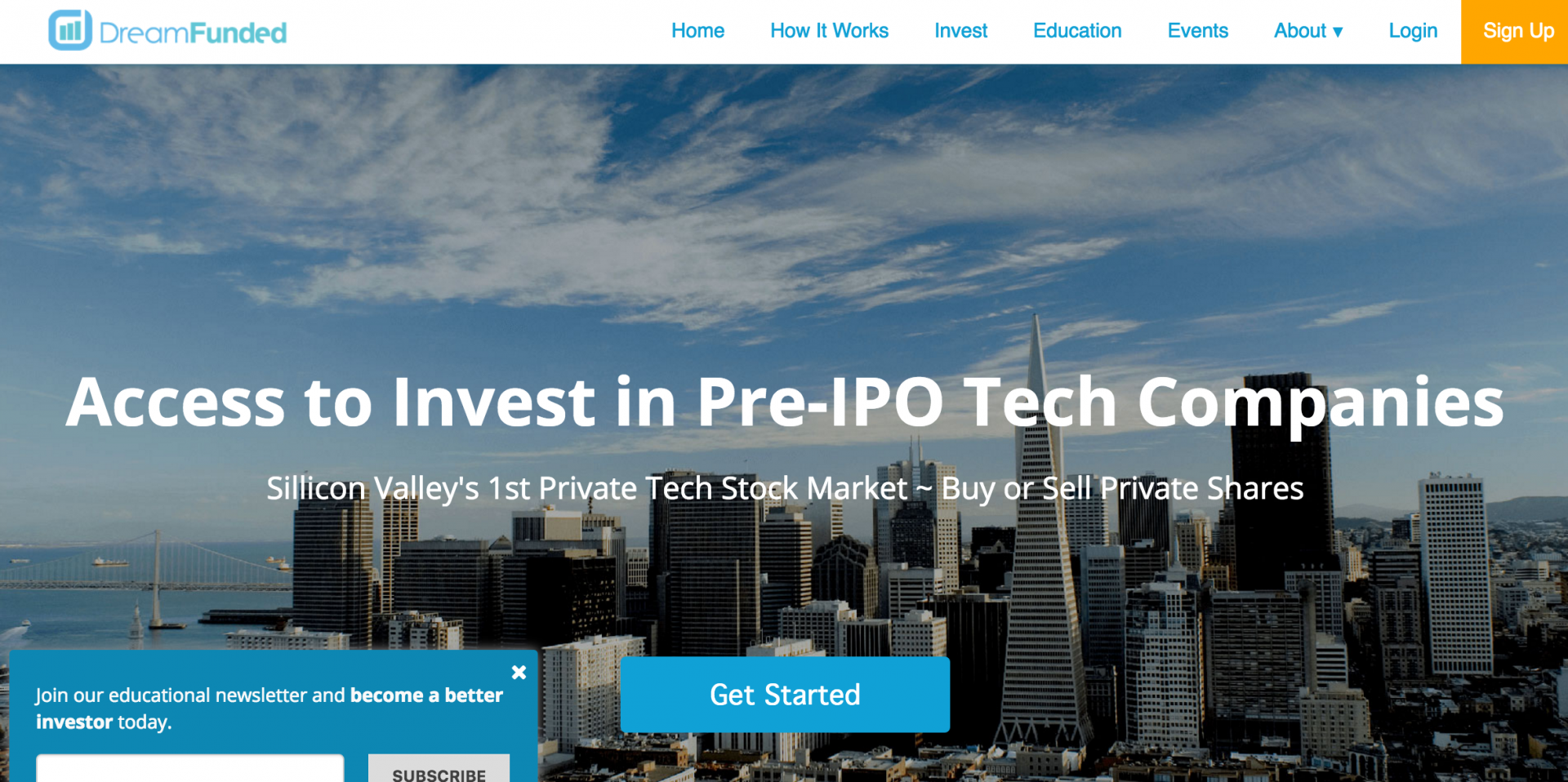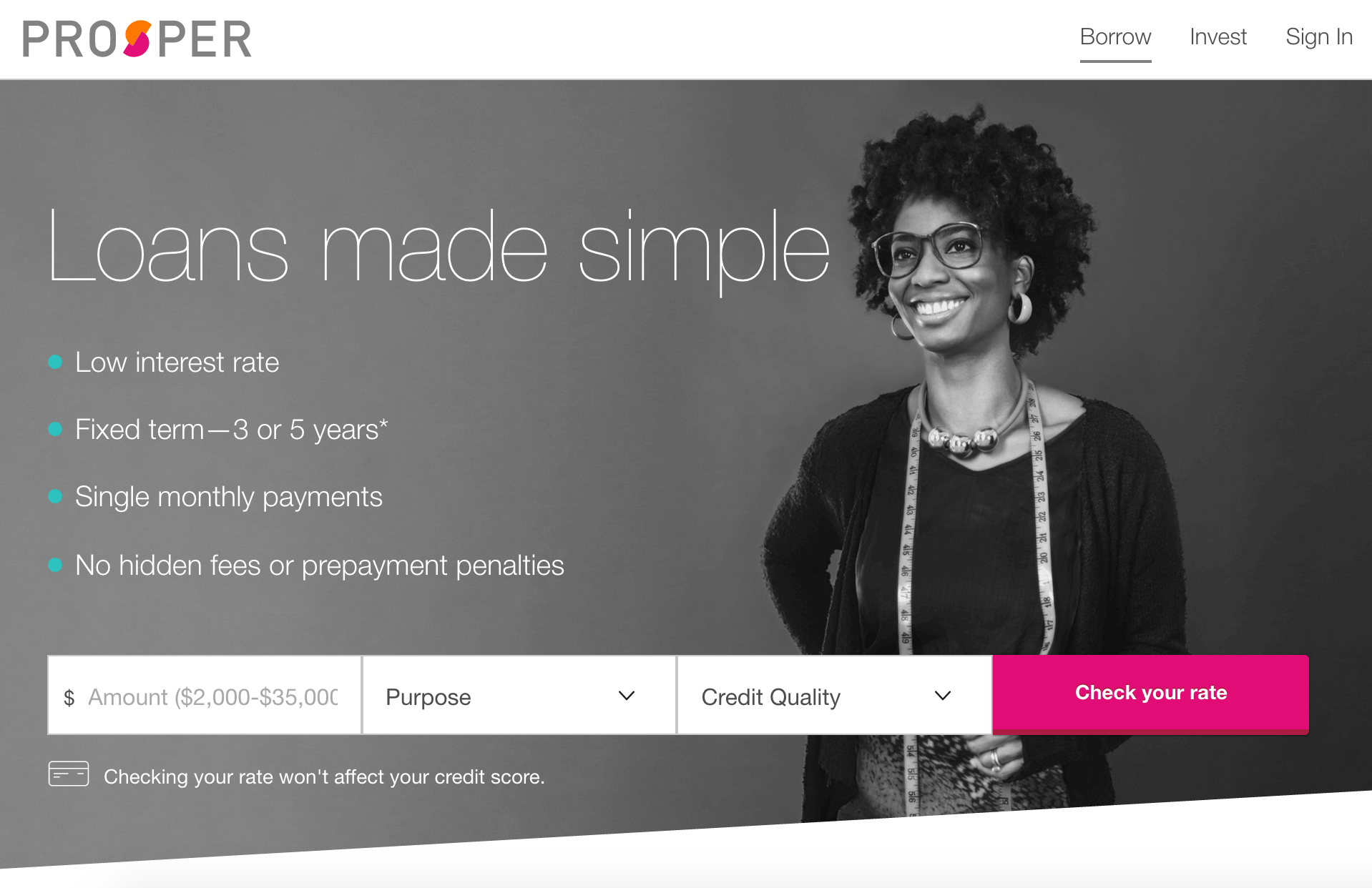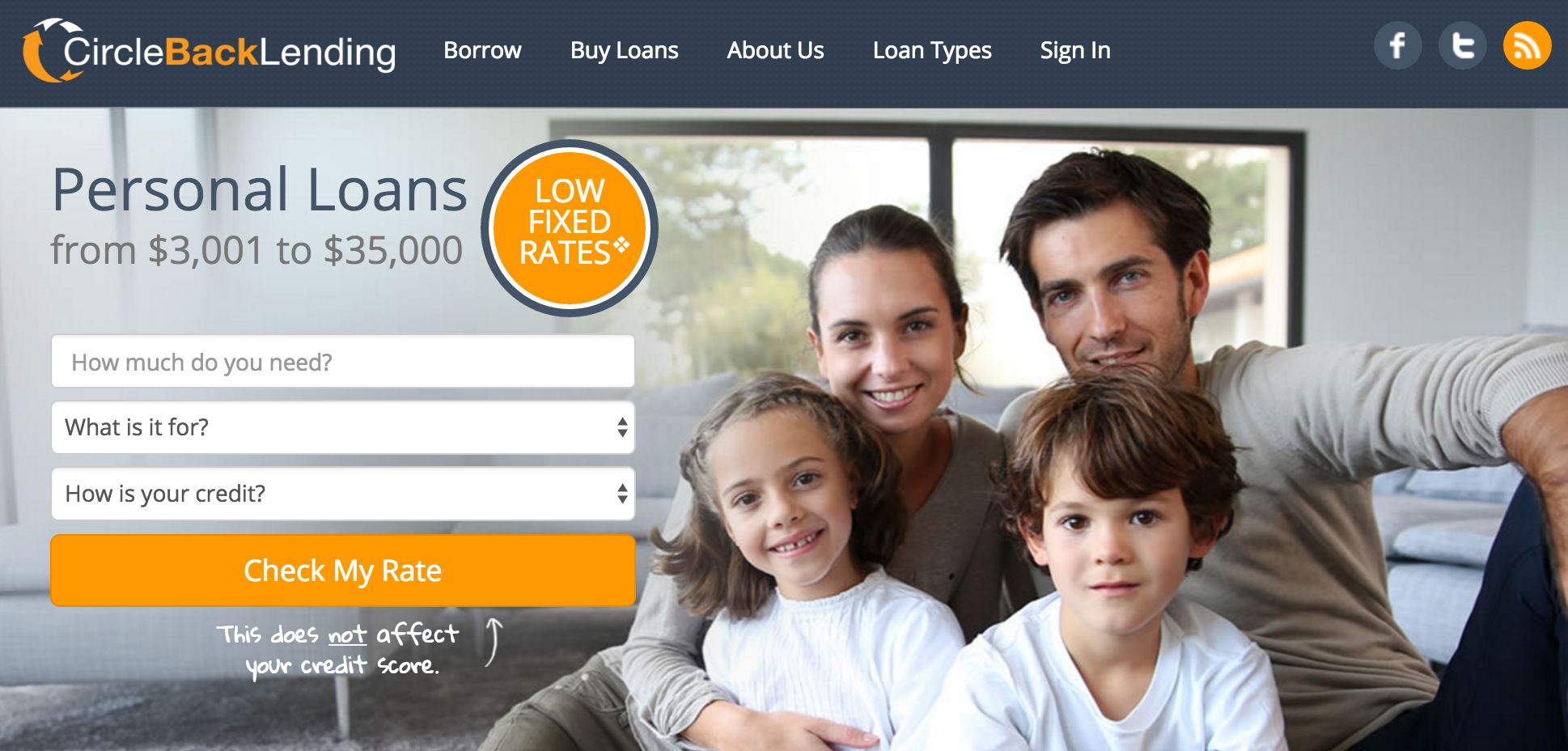The world of finance for entrepreneurs and startups has gradually been changing since the last recession with alternative lending platforms and programs that illustrate the potential beyond the traditional funding sources.
Now that new government regulations are recognizing the economic benefits that the startup boom is bringing, there is more space for new ways to get funded, including tapping into savings and retirement funds as collateral, as well as using social finance tools through new types of lenders.
Tapping your retirement account
Let’s start with tapping into your own retirement funds to launch your startup. ROBS, also known a rollover as a business startup, is a new way entrepreneurs are approaching their funding needs. There are specific financial companies out there like Guidant Financial that create ROBS in which they construct a private corporation and then rollover the retirement funds into it as an investment in that corporation. The retirement funds are then used to acquire another business or franchise with the 401(k) becoming a shareholder.
While it comes with very few penalties and offers a good way to get going without having to wait for others to say, “yes,” an entrepreneur must consider his or her financial and personal profile before taking this option. While many funding options may ask for collateral like homes and cash or become a risk for credit scores, there is not the same debt obligation an entrepreneur experiences by using his or her retirement money.
However, there is still a very real risk of loss if the startup doesn’t succeed. That retirement money will then be gone. The lesson here is then to use only a percentage of those retirement assets and consider other sources for funding or bootstrap the rest. Also, it’s important to follow all the IRS rules for using this funding option to avoid any penalties.
Joining the social funding club
Social finance has become a general term for new funding vehicles that startups can use that involve collecting funds from numerous investors. Included in this category are crowdfunding, equity crowdfunding, marketplace lending and peer-to-peer lending.
Crowdfunding may be one of the most recognized social funding sources with platforms like Kickstarter and Indiegogo allowing anyone to invest in a project or startup that appeals to them so they can participate in its success. Meanwhile, the entrepreneur behind the project gets the money they need to create a product to take to market or launch their business.
Since then, equity crowdfunding has become more attractive to a wider range of entrepreneurs because there is a larger amount of money possible because this social finance platform involves giving away an equity stake in the company for those funds. This also allows average or novice investors to get more involved and potentially receive a higher rate of return for their investment than the rewards offered in regular crowdfunding platforms.
With crowdfunding, you need to tell your story in an effective and compelling way in order to get these financial donations and meet your funding goal. You will need to either give out rewards or some type of equity stake in your company, depending on the type of crowdfunding. After that, though, the funds are essentially yours to do what you would like with them. However, if you are participating in equity crowdfunding that involves larger sums of money, your investors will most likely want a detailed report on how it is spent and the type of return they will get for their equity stake and when.
Related: Sign up to receive the StartupNation newsletter!
What was once referred to as debt crowdfunding is now known as peer-to-peer lending, or P2P lending. Borrowers and lenders are matched through online platforms like Lending Club and Prosper, which has proven to help entrepreneurs get access to money faster and at a typically lower rate than going to a bank. Entrepreneurs can work with anyone from an individual investor to an institutional investor. Each investor only funds part of the loan because the amount is typically spread across multiple investors.
As P2P lending has evolved, the term marketplace lending has become more commonly used to refer to this social finance channel for companies like OnDeck, Credibly and CircleBack Lending. The idea of a marketplace has been a more accessible term that all types of investors can better relate to, helping to fuel further growth. Plus, it clearly delineates one of the main benefits of this option for startups: there is no financial middleman like a bank or credit union to tack on fees and slow the process.
A marketplace loan does need to be repaid to those investors who let you borrow their money. While some entrepreneurs have struggled to get loans through marketplace lenders because many investors want to see some company history, having a solid business plan has been the answer for other startups and a clear picture of what they are going to accomplish.
The underpinning to social finance
All of these options for financing a startup have emerged with the idea that more people want to take control of their finances and are not as trusting of traditional institutions, especially as many were involved in poor choices that led to the last recession. Instead, technology has provided a way to have a decentralized and transparent way to borrow money and gather the funds through multiple sources, helping to reduce risk for everyone involved. In turn, government agencies have agreed to these further channels to help entrepreneurs.
While these societal changes do underpin a new area of lending opportunities for startups, some of the same lessons apply in regards to borrowing money for your startup:
- Start with a clean credit record and no existing debt, such as car loans or credit card payments.
- Have a clear strategic roadmap to launch your business, including milestones and costs as well as a projected return on investment or loan repayment plan.
- Know what you have to spend and where you can save money.
- Get advice on handling your cash flow from an advisor.
Finally, before you take any money, make sure you understand the terms and have reviewed all of your options. It’s nice someone has said, “yes,” to you, but you need to ask yourself if these funds are right for you. Once you have, then it’s full steam ahead, leveraging the power of ROBS or a social finance platform.












